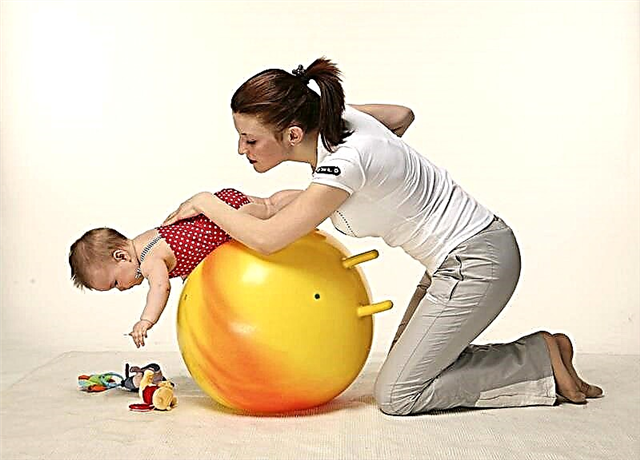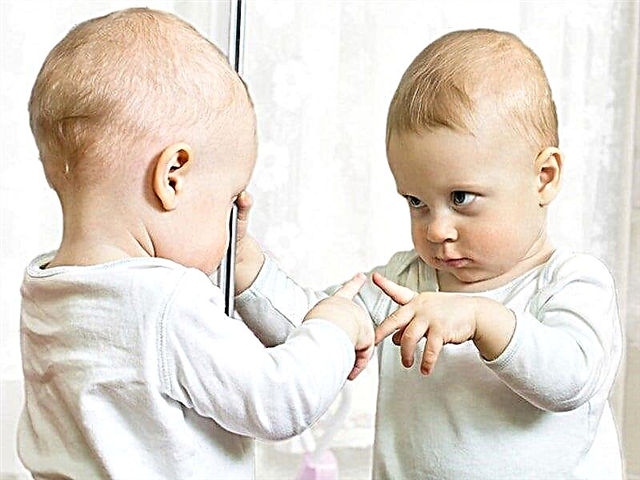
Removing a tooth can become a real problem for a child and for his parents, because most babies have a hard time tolerating medical procedures and are afraid of dental instruments. However, sometimes it is impossible to do without removal, so parents should know when it really should be removed, how the procedure will go, how to prepare the child and what difficulties there are after removal.

Indications
It is recommended to remove a tooth in childhood if:
- Increased mobility. It happens that he has been staggering in the child for a long time, causing severe discomfort in the crumbs, but will not fall out on its own. Sometimes he interferes with the baby even eating and talking.
- Increased mobility of a permanent tooth due to periodontitis.
- The milk tooth is affected by deep caries. When the risk of infection passing to a permanent tooth increases, the best solution is to remove the diseased milk tooth, even if it is still far from falling out, for example, the child is only 2 or 5 years old.
- A deep form of caries struck a permanent tooth, and its treatment is impossible.
- The root of the milk tooth is destroyed. This situation directly threatens the rudiment of a molar, as a result of which it can not only erupt by an already infected, but also die.
- The deciduous or molar tooth is injured. Its sharp fragments can damage the gums, but even if there are no sharp parts, when broken, it is more susceptible to infection by the bacteria that cause tooth decay.
- Loss is delayed. This can cause problems with the eruption of a permanent tooth and the formation of the jaw. If the molar has erupted, several months have passed, and the milk tooth is tightly held in the gum, it should also be removed.
- Permanent teeth grow crowded, and to improve the occlusion requires the elimination of one of them.
- Acute inflammation developed in the oral cavity. This can cause the extraction of both a baby tooth, for example, at the age of 4 years, and molars. In this case, phlegmon, periodontitis, fistula in the gums, suppuration of the cyst and some other diseases can become a reason for removal. In this case, before removal, acute inflammation is removed.
- The doctor recommends the removal of the germs of wisdom teeth in children due to the difficulty of their eruption or lack of space. This procedure is performed at the age of 15-16, while their roots have not yet formed.
- A developmental anomaly was revealed, in which their number was greater than the norm. Removing a supernumerary tooth from a child in such a situation is important for the correct development of the jaw.

Contraindications
Removal is not carried out if:
- The child fell ill with angina, pneumonia or other acute diseases.
- An acute inflammatory process, such as stomatitis or candidiasis, is found in the child's oral cavity.
- There is a vascular or malignant tumor near the tooth.
Features of the extraction of milk teeth
The procedure is influenced by such factors as the growing jaw of the child, mixed bite and the presence of a permanent rudiment under the milk tooth. Often the manipulation is performed by the dentist without any difficulties, but must be carried out with extreme caution due to the short roots. If not done carefully, the dentist can damage the permanent tooth.

How to remove at home?
If a tooth is about to fall out and only needs a little help, proceed as follows:
- Treat the gum with an anesthetic.
- Take a small piece of clean gauze or cloth, wrap it around your tooth and wiggle it to the sides. He must move freely.
- Pull it and carefully remove it. If the tooth does not come off easily, it is likely too early to remove it yourself.
- Clamp the gum area after extraction with a piece of clean gauze.
- Distract the baby from bleeding by showing the baby a lost tooth.
- Check for tooth pieces in the gum. In most cases, no fragments remain, and sometimes in its place the top of a permanent tooth, ready for eruption, is already visible.
It is best for the baby to extract the loose milk tooth on its own. Offer your baby to move his tongue, this will speed up the process of loss. If something alarmed you, for example, some part remained in the gum, go with the child to the dentist.
For an example of removal at home, see the following video.
Features of the removal of chewing milk teeth
If a child has to remove a chewing tooth, it can make chewing worse. The child will chew food with the incisors, which increases the risk of grinding and damage. In turn, a decrease in the chewing load on the jaw in the place where the tooth was extracted will not stimulate the chewing muscles enough, which will affect the growth of permanent teeth. This happens if the chewing teeth were removed much earlier than the date of their loss, for example, at 3 years.

Under general or local anesthesia?
Anesthesia during tooth extraction is presented in several options. The most common is local anesthesia using an injection. With her, the child is injected with an anesthetic into the gum with an injection of a syringe, after which the place of manipulation becomes numb.
Often they also resort to application anesthesia, in which the gums are treated with a gel or spray with an analgesic effect. The anesthetic often has a pleasant fruity taste and is quickly absorbed into the gums. Such anesthesia is sufficient for a very loose milk tooth, but more often the application is used to pre-anesthetize the gums, in order to then inject there with a long-acting anesthetic.
General anesthesia is rarely used in the treatment of children's teeth. General anesthesia is used for:
- Intolerance to agents used for local anesthesia.
- Nervous or mental illness in a child.
- Severe inflammatory processes, when local anesthesia will be ineffective.

Psychological preparation
Before you go with your child to the dental office, it is important to prepare the baby psychologically and set up that the removal process will be easy and quick.
- Do not discuss the reason for removal in front of a child, and do not use complex dental terms in conversation.
- Don't scare your daughter or son with the dentist.
- Try not to worry yourself so that the excitement is not transmitted to the baby.
- You can take your child with you when you have your teeth treated, so that the baby is convinced of the safety of the manipulation.
- Emphasize that the child will be courageous during the procedure.
- Do not deceive the kid that the manipulation will be completely painless. It is better to focus on the fact that the painful sensations will be insignificant and will quickly pass.
Removal procedure
- Forceps are applied to the crown in such a way that the tooth is fixed without undue pressure.
- The dentist performs luxation (the so-called dislocation of the tooth).
- The tooth is removed from the socket (this manipulation is called traction).
- The dentist makes sure that all roots have been removed.
- The well is closed with a gauze swab.

Possible problems after deletion
Gum hurts
Slight painful sensations after manipulation are normal and should not cause concern. In this case, the pain should gradually decrease. If the pain is prolonged and very pronounced, the child should be examined by a dentist.
Swollen cheek
Slight swelling on the first or second day after removal is considered normal. If the edema is severe and increases, you should immediately consult a doctor.
Swollen lip
This condition can occur when a child bites his lip after tooth extraction, but does not feel it due to anesthesia. As a rule, the swelling goes away on its own in a few days. If it grows, it is important to show the baby to the doctor.
Temperature rise
A slight increase on the first or second day after removal is acceptable. When the temperature rises above + 38 ° C, the child should be examined by a dentist, as this may be evidence of an infection in the hole.

Prolonged bleeding
Blood is released after the extraction of milk teeth in a small amount and not for a long time. To stop the blood faster, the child should bite a gauze pad. A situation with increased bleeding is more common when removing a permanent tooth. It can take a long time for a blood clot to form. With prolonged bleeding and the release of scarlet blood, the child should be immediately shown to the doctor.
Bias
Sometimes, due to premature tooth extraction or when several teeth are removed at once, others are displaced, which threatens the child with problems with bite. Special devices are used to prevent displacement.
Speech problems
If the child prematurely loses one of the front teeth, this may affect his diction and will require correction by a speech therapist.

Tips
- If a child has an allergy to drugs, it is imperative to warn the dentist about this before performing the manipulation.
- It is better to go with the child to the doctor for tooth extraction in the morning, when the child is not yet tired and hungry.
- Stay close to your child during removal so that the baby feels your support.
- Until the anesthesia wears off, the child should not be given any food.
- For 3 days after removal, you should not rinse your mouth so that the clot that has formed in the hole does not move.
- For the first three days after removal, do not give your child very hot food. The use of fermented milk products is also not recommended.
- The area where the tooth is extracted should not be heated or applied with any compresses.




